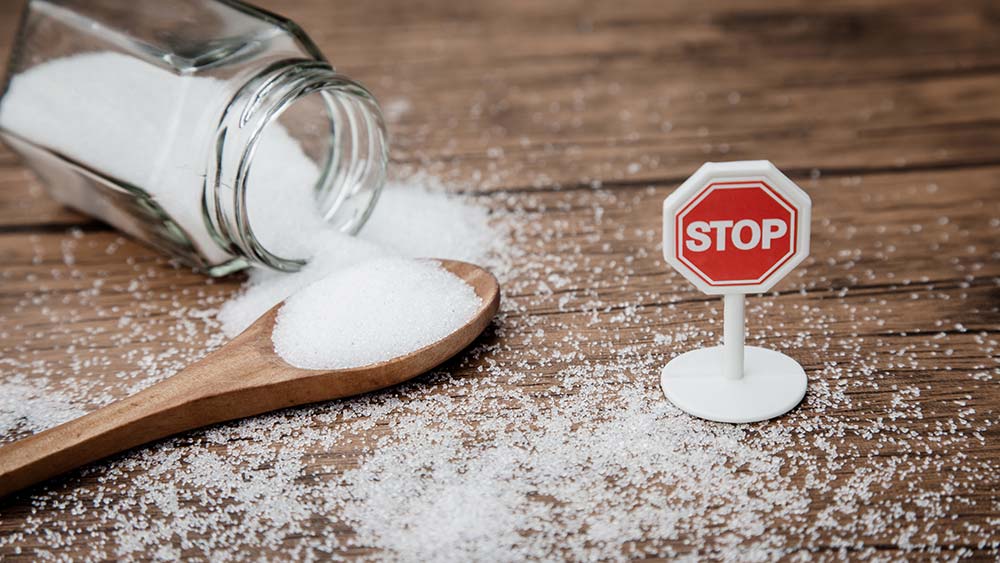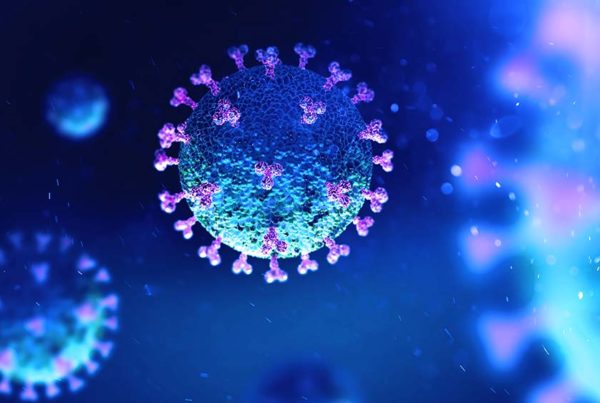
The unique vicious cycle of craving and addiction goes beyond sweet taste.
Drug addiction is driven by the brain. Sugar addiction is too.
Addiction is a chronic disorder characterized by drug- or sugar-seeking behavior that is compulsive, despite negative consequences. As studies from addicted brains show, damage from sugar include physical changes in the dopamine system, which is also critical for the brain’s regulation of judgment, decision-making, learning, memory and behavior.
There are a variety of reasons why kicking sugar is so difficult. It’s an integral part of our social and cultural world. It’s the universal gift of love, and an important part of routine celebrations like holidays and birthdays. Sugar is also available everywhere, and offered to us all the time. In all its forms, sugar is relatively cheap, especially for kids; and it’s often free. Some teachers even give it out as a reward at school.
Most people would not give cigarettes to children or loved ones. So why give sugar?
The sugar fix doesn’t last very long (sometimes seconds to minutes), so looking for the next sugar fix begins soon afterward. And most people don’t realize how much added sugar is hidden in their food, while many still believe it’s not so harmful. Worse is that billions of people are now unable to eat healthy foods that don’t have some sweet taste.
Because sugar’s addictive power is so potent and difficult to kick, it can be categorized along with heroin, cocaine, alcohol and other serious addictive drugs. The damaging side-effects include dysfunction in hormones, muscles, the gut and the brain, which also further helps drive addiction.
SUGARY DRUG FACTS
• The simple sugars of glucose and fructose are the two basic molecules that make up most of the various combinations of sugar-based products from sucrose and maltodextrin to high-fructose corn syrup and other sugar syrups.
• Sugar consumption has increased from about four pounds per person per year to over 150 pounds annually over the past three centuries.
• Even developing countries have dramatically increased sugar consumption in recent decades.
• Only in the last 10 years or so, has the scientific consensus developed about thE significant harm from sugar.
At the heart of sugar addiction are three key physiological triggers that drive it:
- The tongue’s instant taste of sweetness.
- The gut’s response to consuming sugar.
- The metabolic end result.
This three-pronged attack is a powerful insult on the brain’s reward center, the dopamine system, driving addiction not unlike many narcotics (and other habits like gambling). Each bite of sugar reinforces pleasure and reward; and can influence dopamine’s other functions, the regulation of movement, emotion, cognition and motivation. Each of these mechanisms alone is powerful enough to cause and maintain sugar addiction, as they all affect the brain.
That sweet taste
Unlike other harmful drugs, sugar, has a powerful, well-known factor that also fuels addiction — taste.
While most addicting substances may not have taste as a key added driver of addiction, sugar obviously does, making it a powerful potent force governing food choices and unhealthy eating behavior. Even the taste of artificial (natural or not) or no-cal sweeteners can calm cravings, but it’s only a temporary fix; and it can help promote weight-gain.
Sugar goes beyond the white stuff, and includes foods that quickly convert to sugar after eating. This includes most carbohydrate foods because they are processed — even those deemed natural — and artificial sweeteners.
A gut feeling
In one new study, researchers have described specialized sensory cells in the small intestine that can also signal the brain about sugar intake.
We already know that sugar and other processed carbohydrates have a negative effect on the gut, reducing good bacteria and increasing bad. Since there is a direct link between the gut and the brain, this can trigger poor brain function and decision-making, including cravings. Unfortunately, one of the messages sent to the brain is to feed the bad bacteria — more sugar!
In addition, the imbalance in gut bacteria can trigger inflammation, linked to many aspects of poor health and disease, and wreak havoc on the immune, hormonal and nervous systems.
The metabolic toll
A new study shows that mice who lack sweet taste are still driven to consume sugar and become overfat. Despite their inability to taste sugar, consuming it actually worsened their metabolic bodies more than mice who tasted sugar.
The authors state that, sugars “act as “stealth” food ingredients for driving obesity, as one does not have to taste it to suffer its metabolic effects.”
And, while mice without sweet-taste consumed less sugar, they still developed excess sick fat cells (adiposity), fatty liver, carbohydrate intolerance (insulin resistance) and other conditions — worse than normal mice.
Just as in mice, the problem in humans is not just those who can gobble down a whole bag of cookies, it’s also evident in those who don’t eat candy or add sugar to their coffee. Despite reducing sugar intake, many people don’t eliminate it because they are unaware of the added sugars they consume in foods. The result is still excess body fat, high disease risk, and ongoing addiction.
The trifecta
These three sources of stimulation by sugar help maintain the vicious cycle of addiction. The result is very high rates of preventable diseases, the re-emergence of serious infections, and the overfat pandemic, which fuels it all.
This further makes getting off sugar not always easy, like other addicting substances. But millions have done it, reaping untold health and fitness benefits. Countering this harmful trifecta — the taste, gut and metabolic aspects of sugar consumption — is best accomplished by avoiding it: even in small amounts. This includes artificial sweeteners, refined carbohydrate foods, including those so-called natural ones, and always being prepared with healthy food choices to avoid temptation. Like heroin, cold turkey may be the best way to kick sugar (even for mice).
The more we know about sugar and its addictive properties, the easier it is to kick the habit. The remedy is to eliminate cravings and withdrawal symptoms, by changing sweet taste. This is accomplished by eliminating sugar, not just cutting back on it.
Links
References
Andres-Hernando A, et al. Sugar causes obesity and metabolic syndrome in mice independently of sweet taste. Am J Physiol. 2020;319(2). doi.org/10.1152/ajpendo.00529.2019.
Kaelberer MM, et al. Neuropod cells: the emerging biology of gut-brain sensory transduction. Annu Rev Neurosci. 2020;43. doi:10.1146/annurev-neuro-091619-022657.








